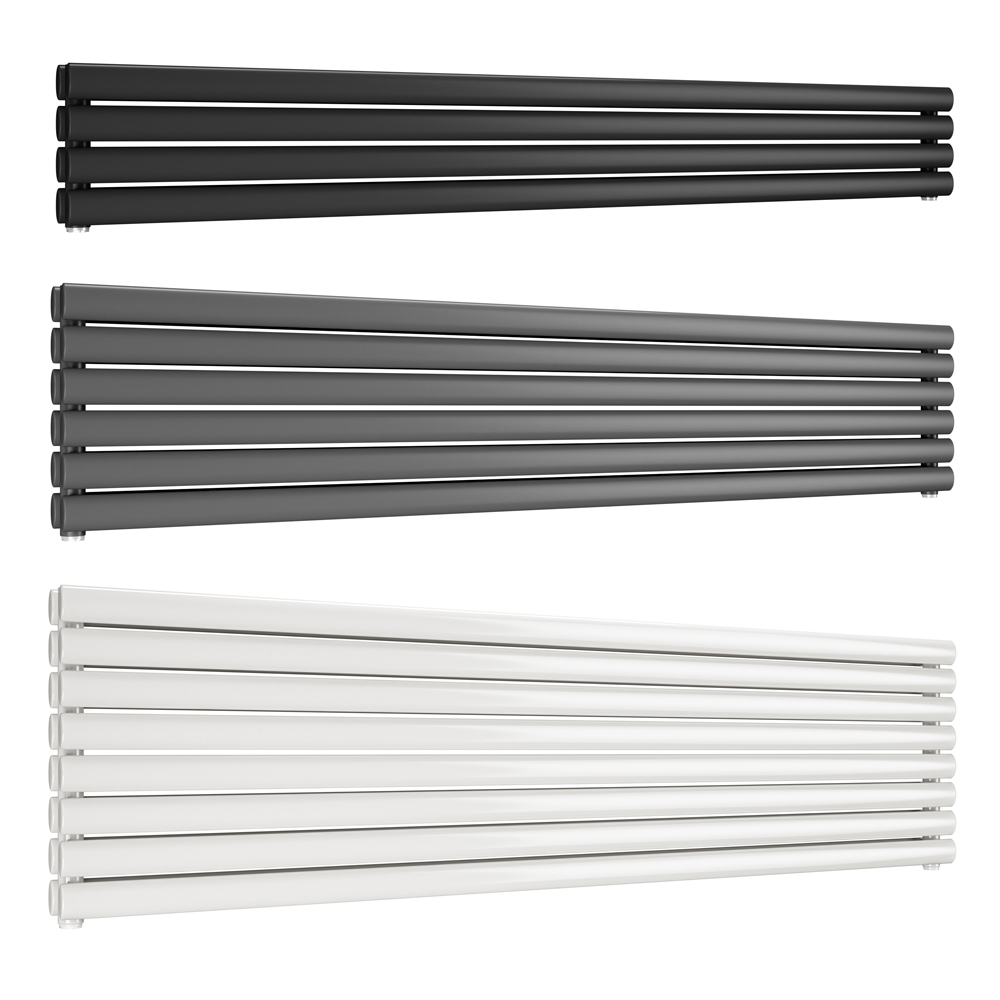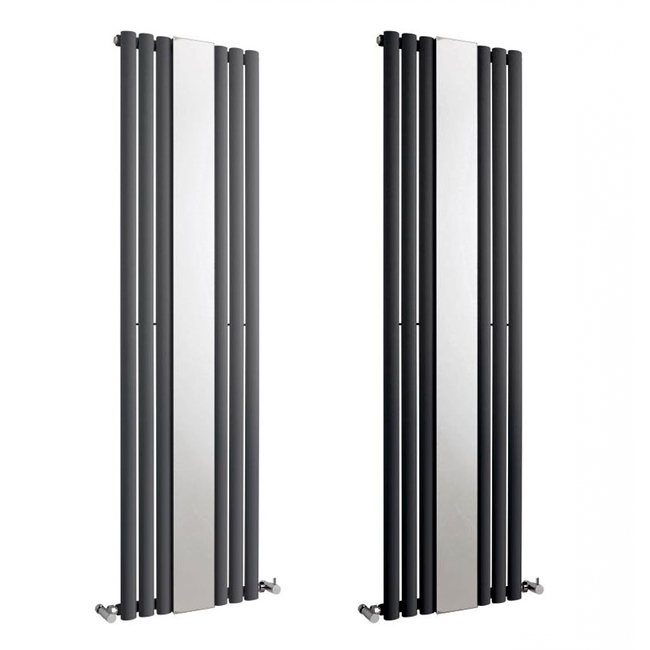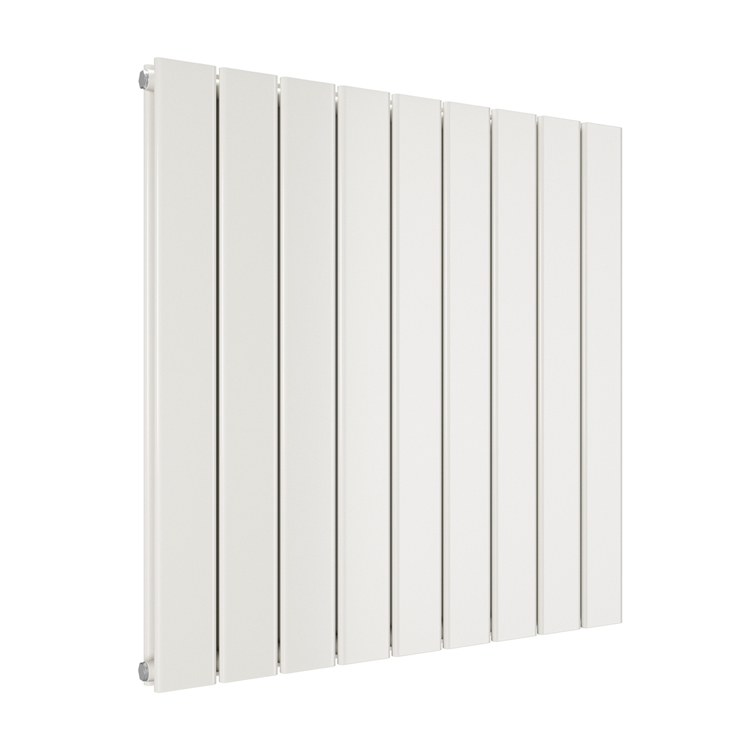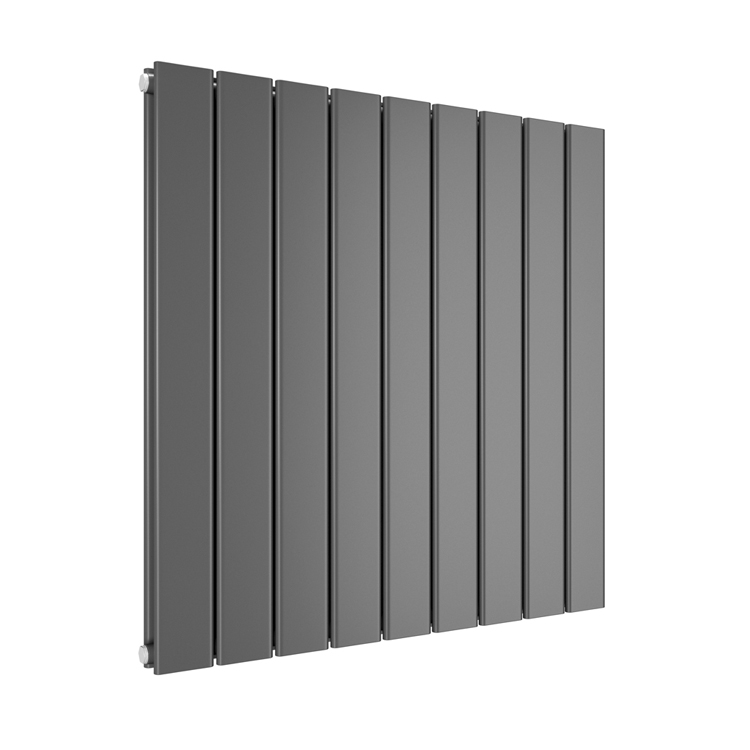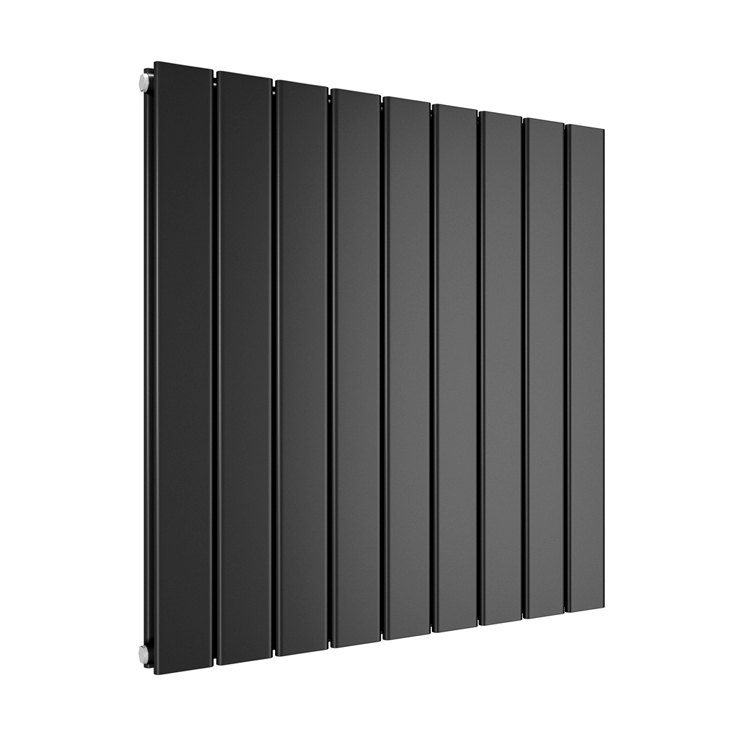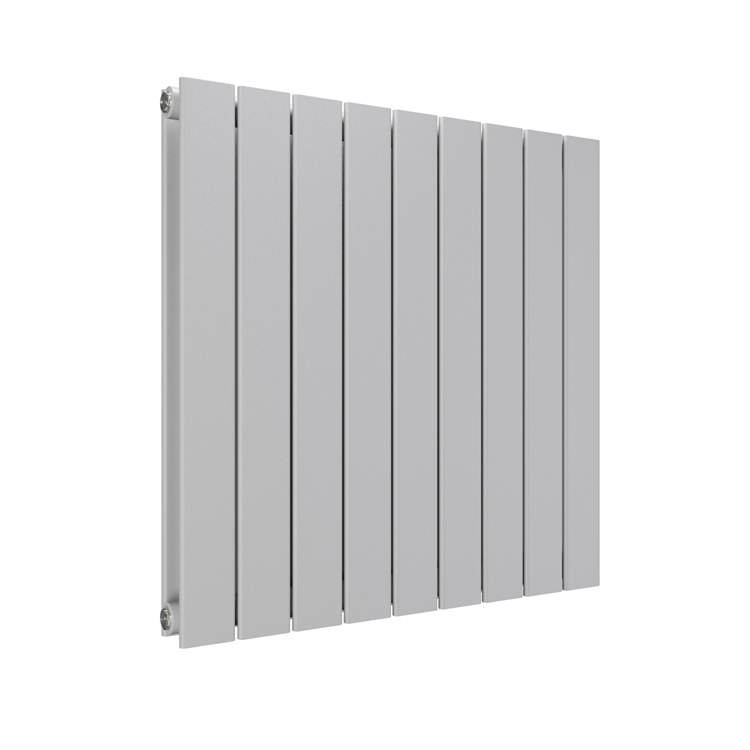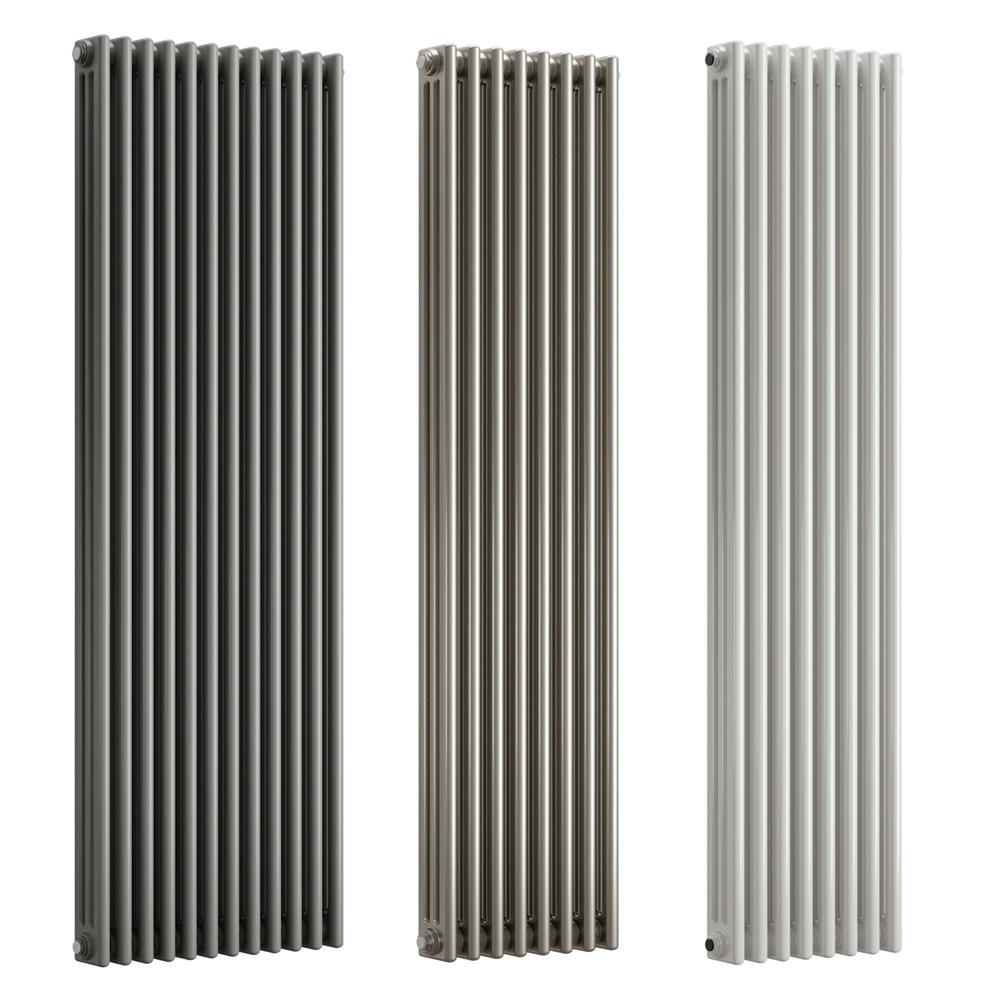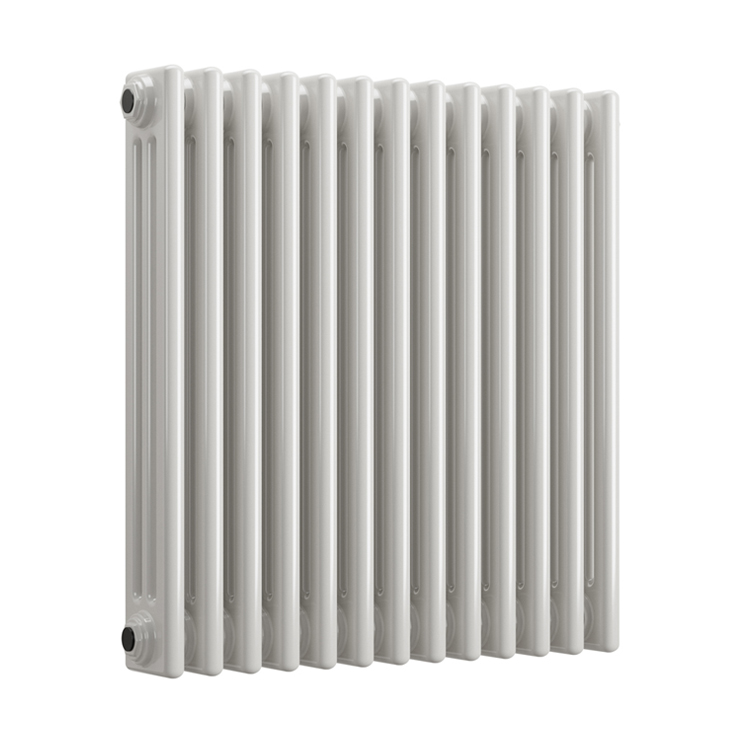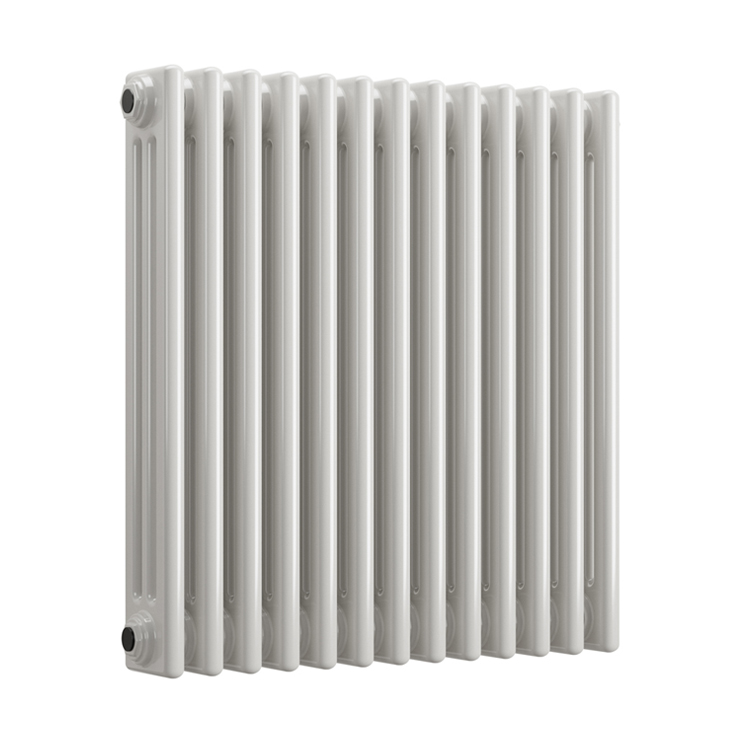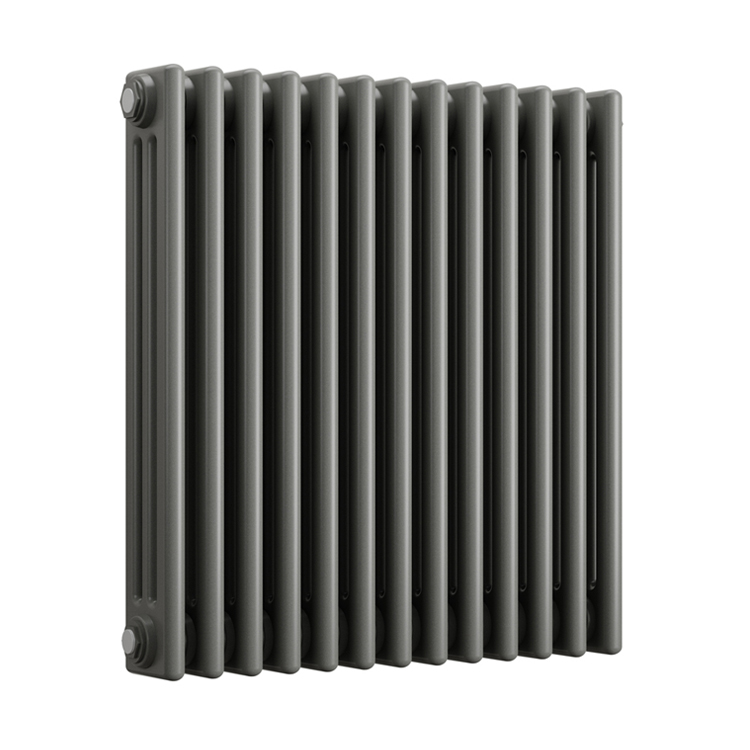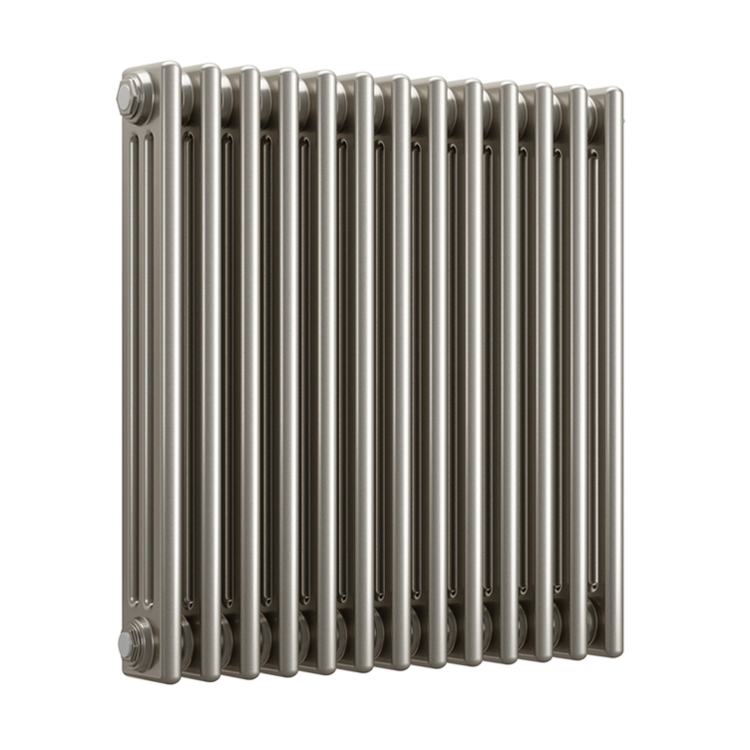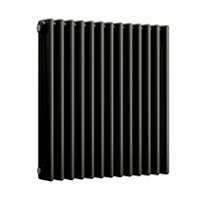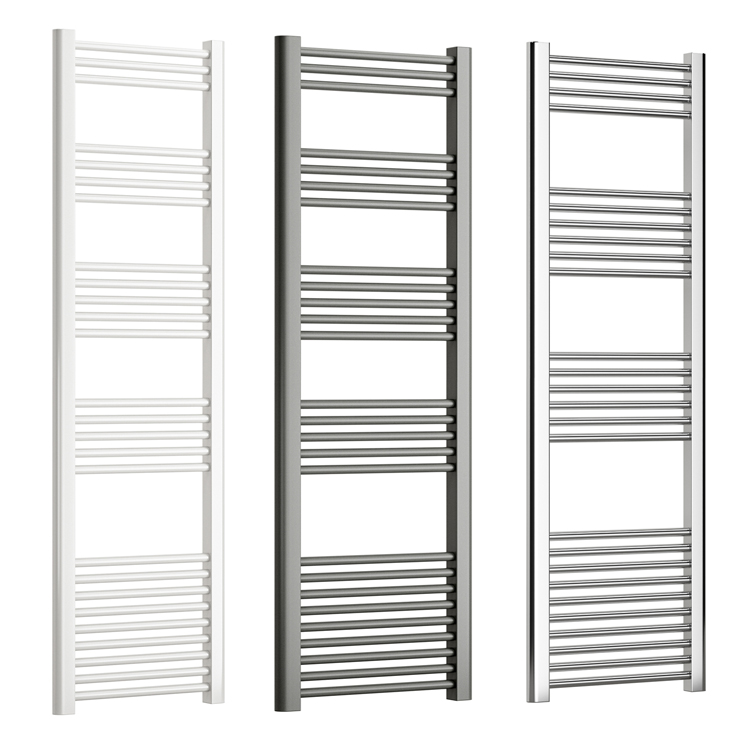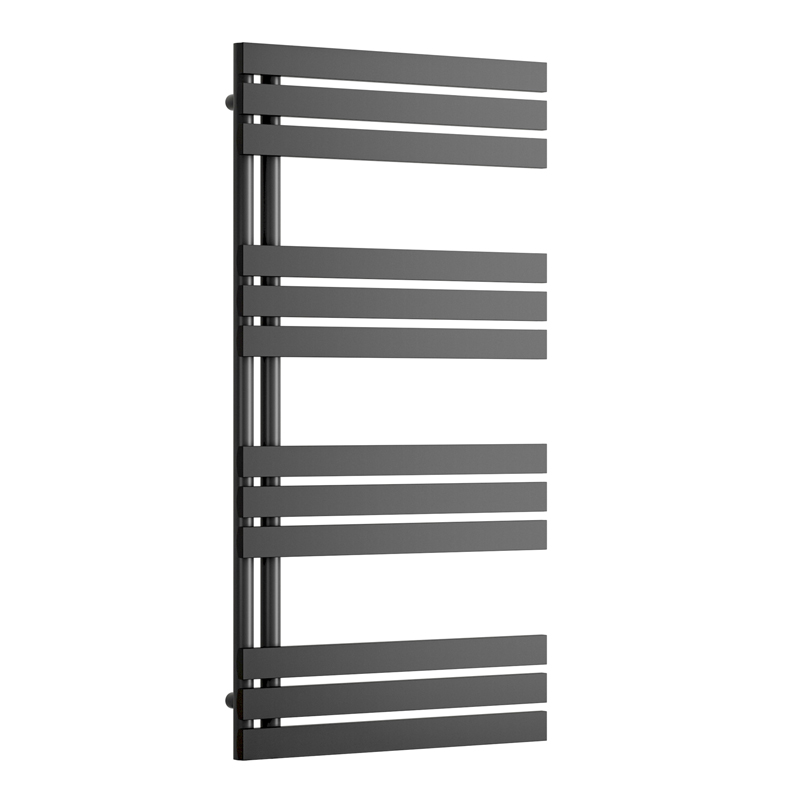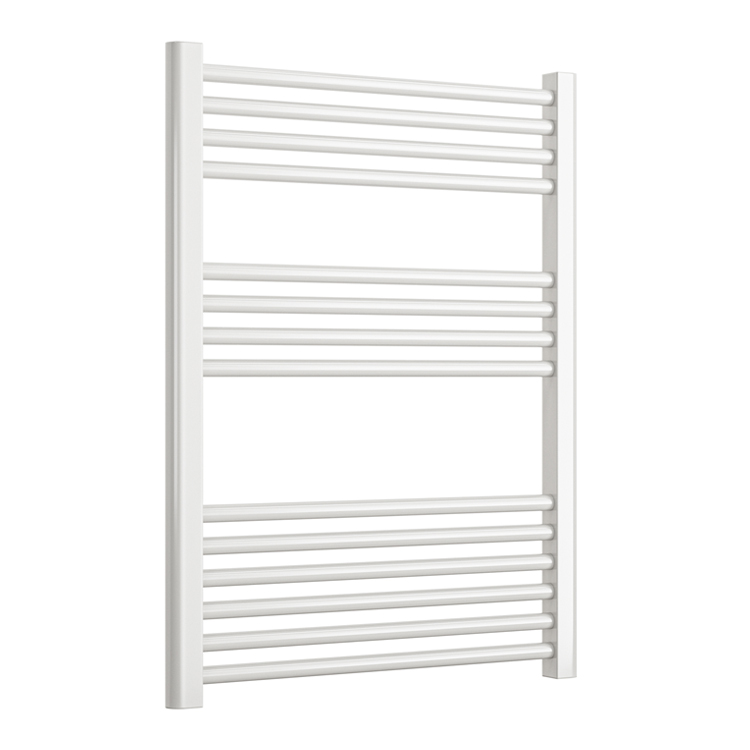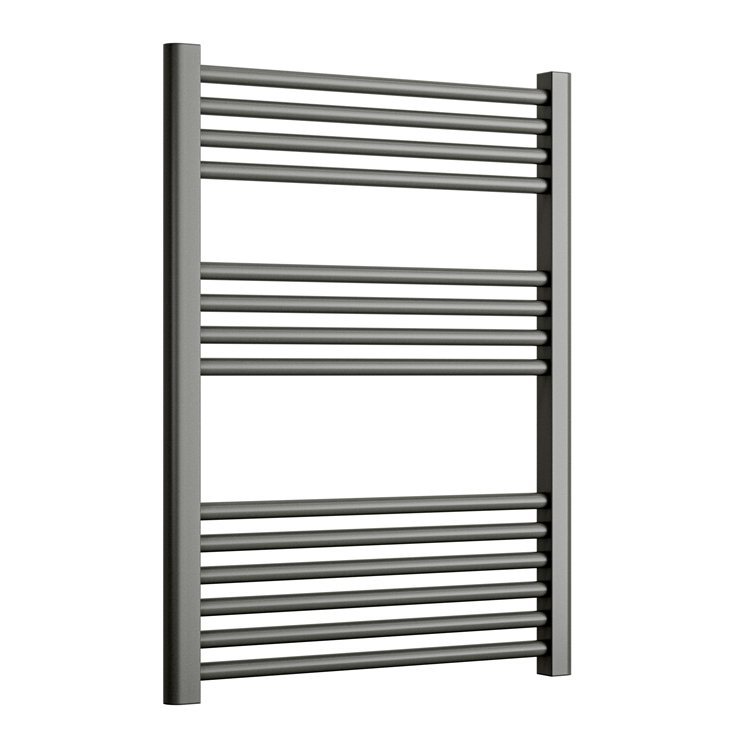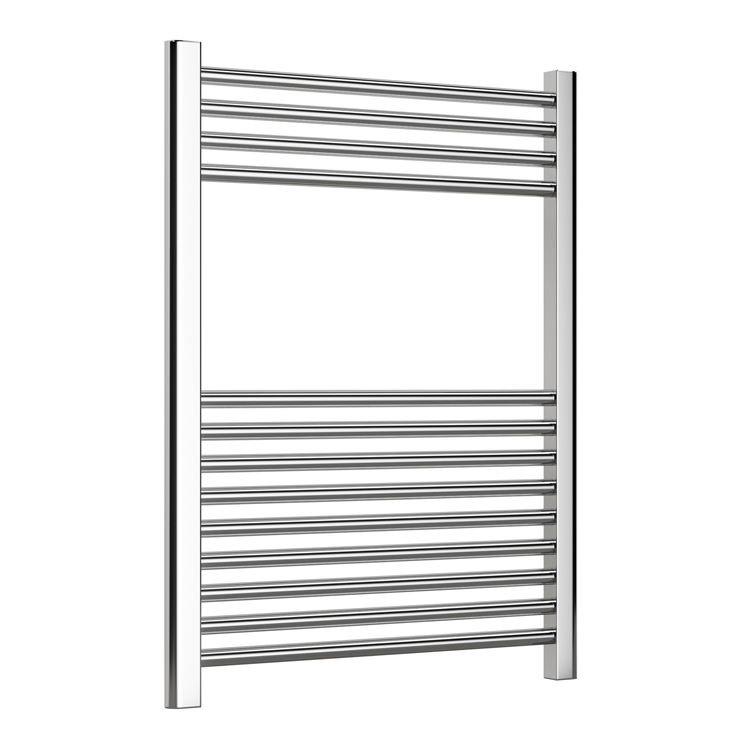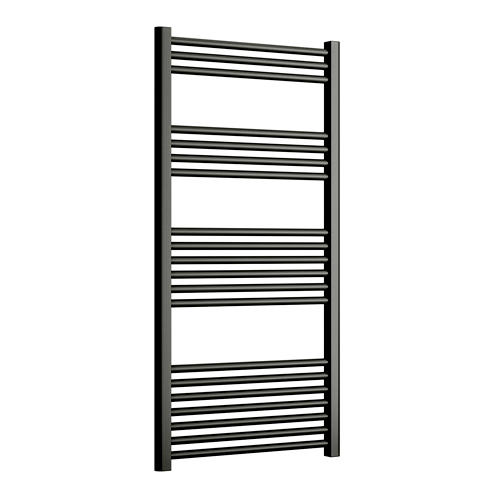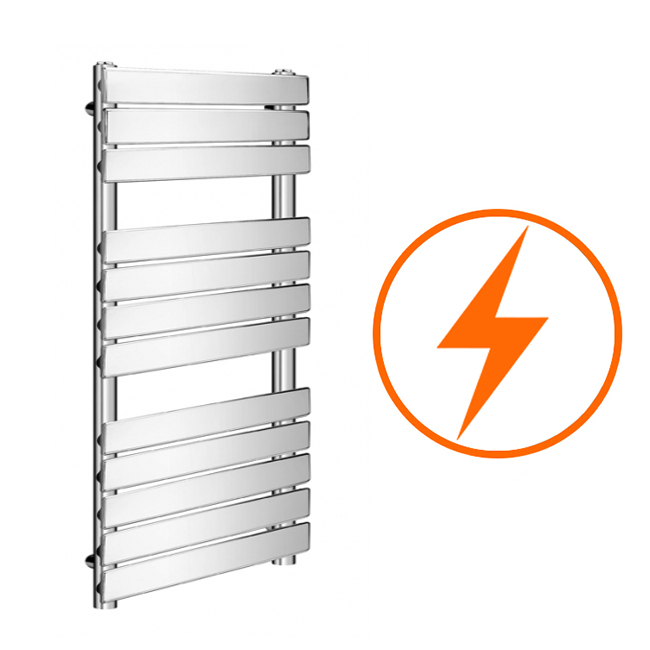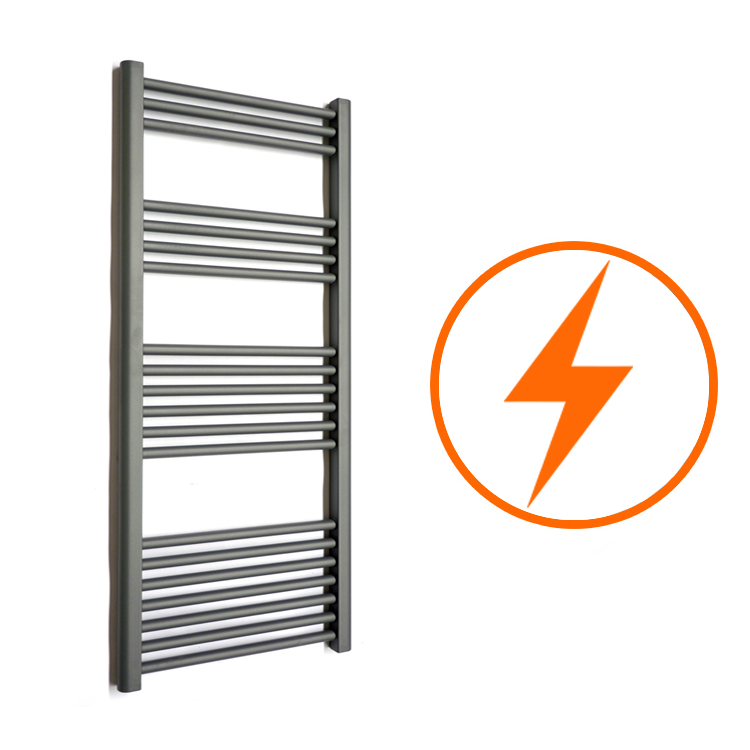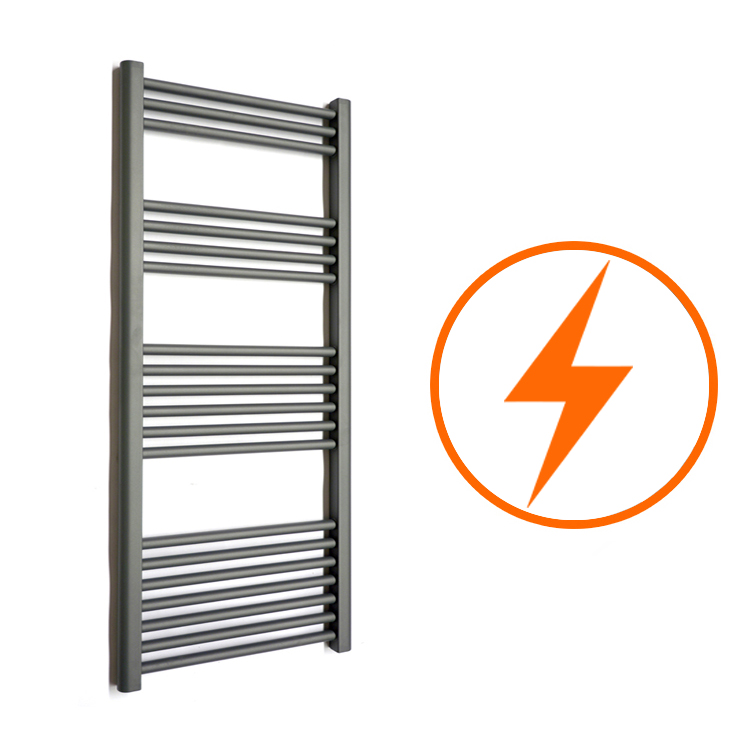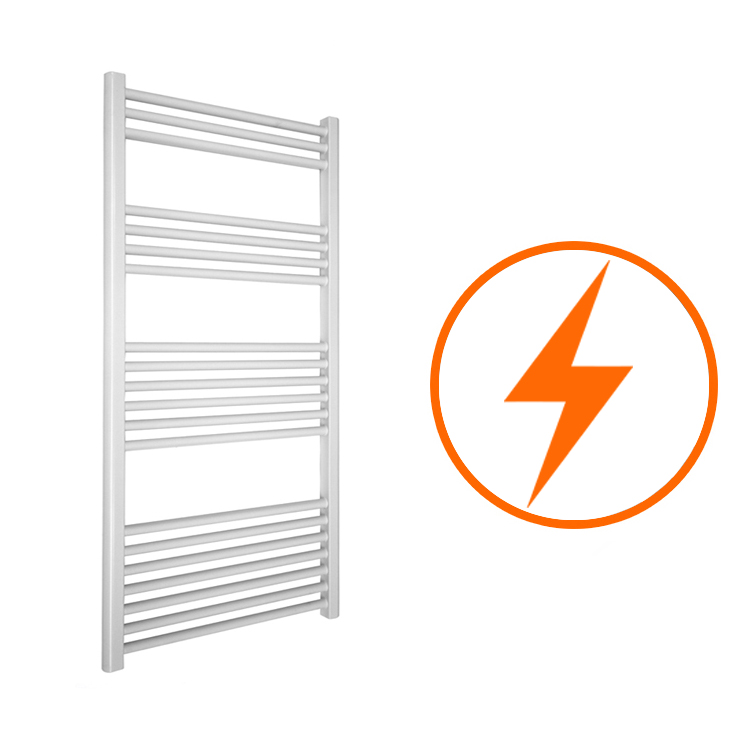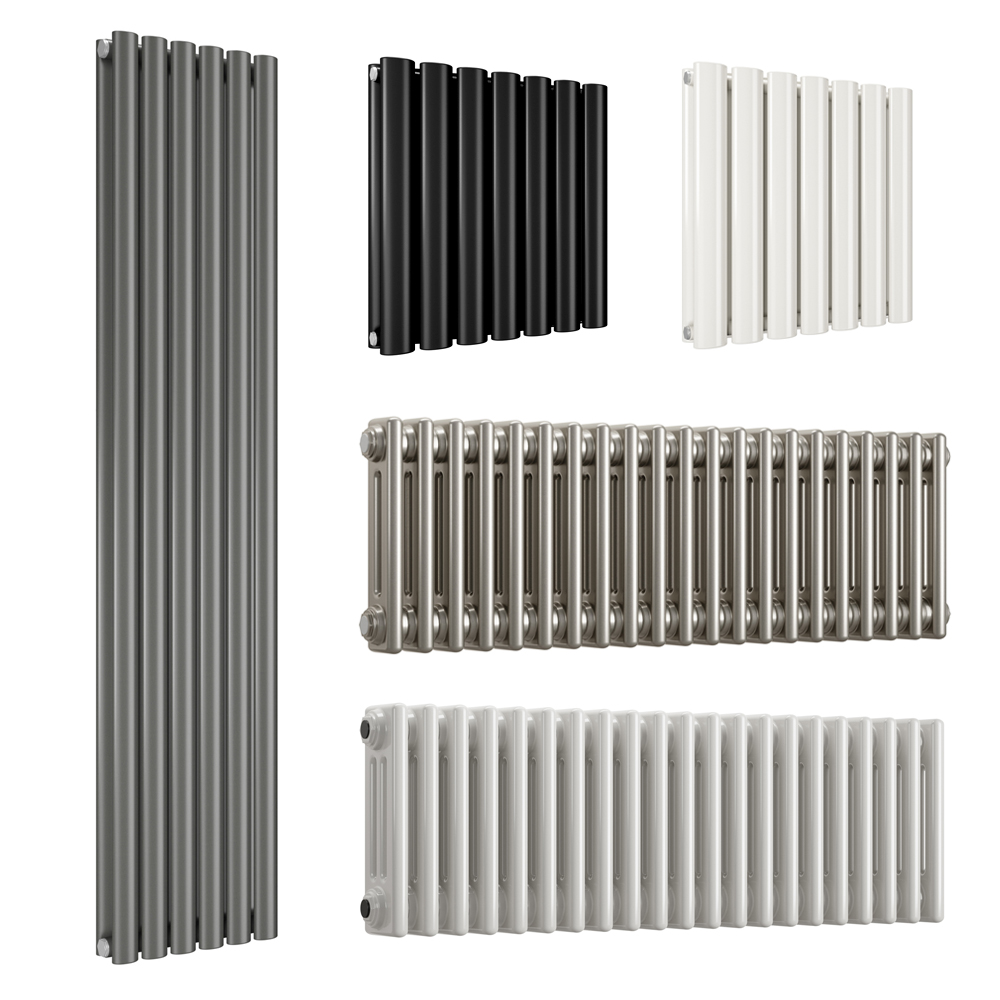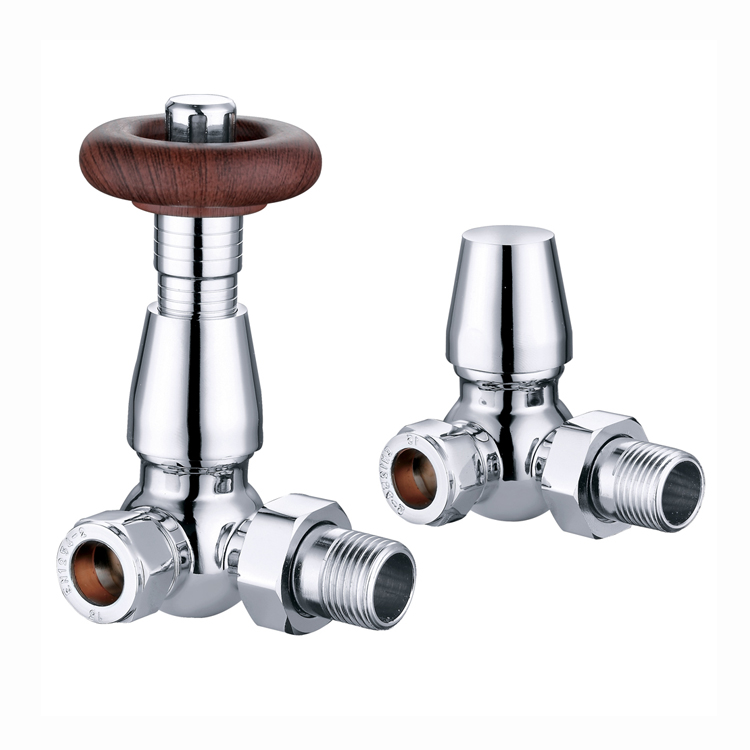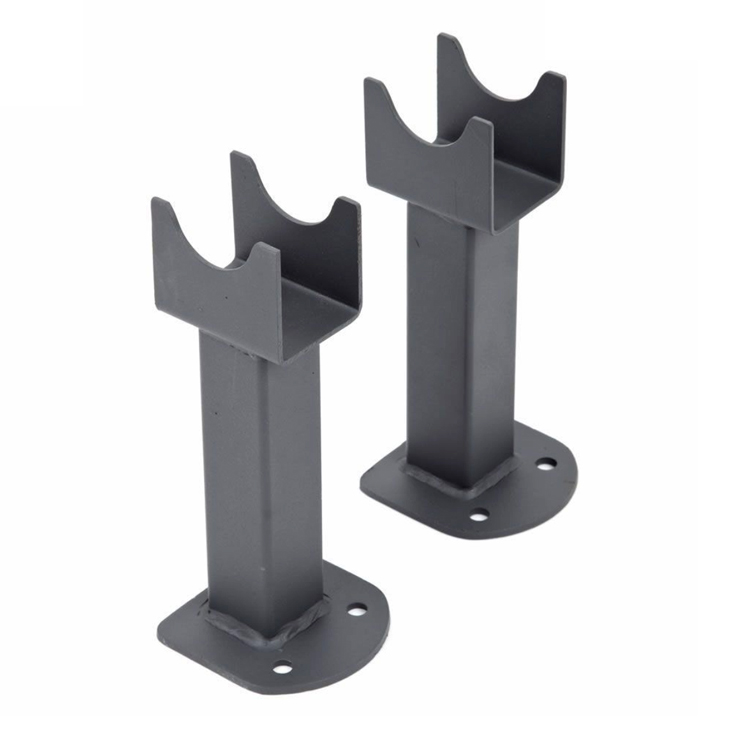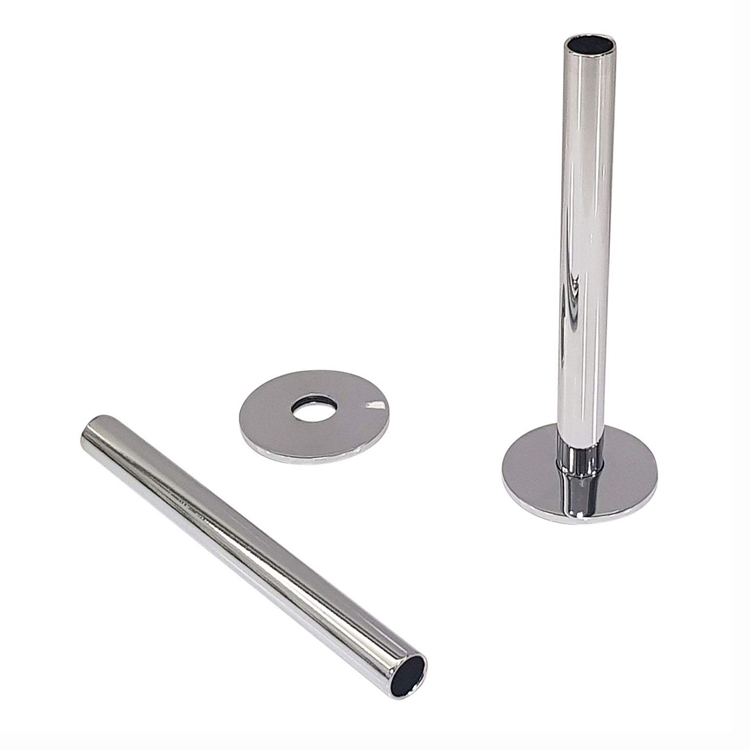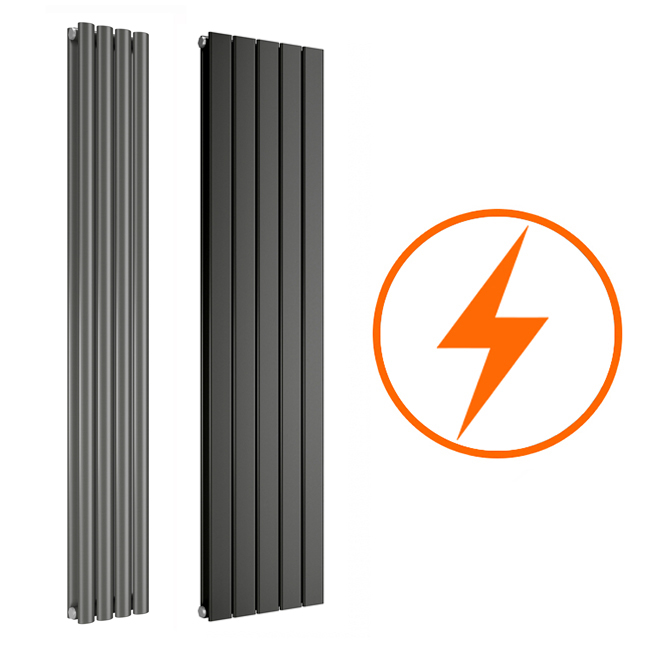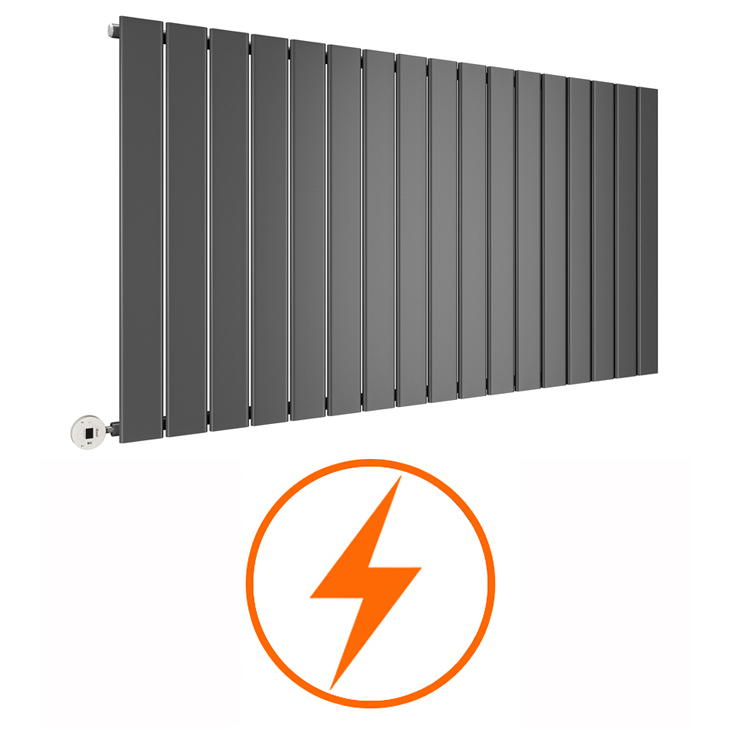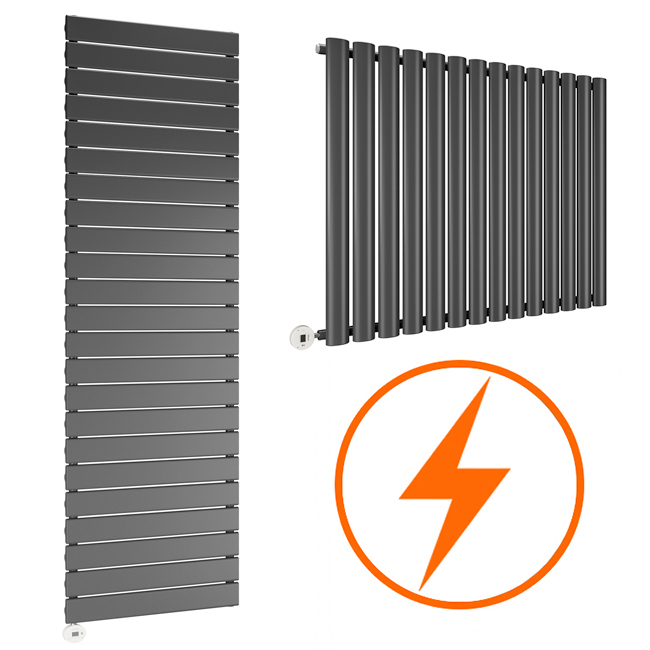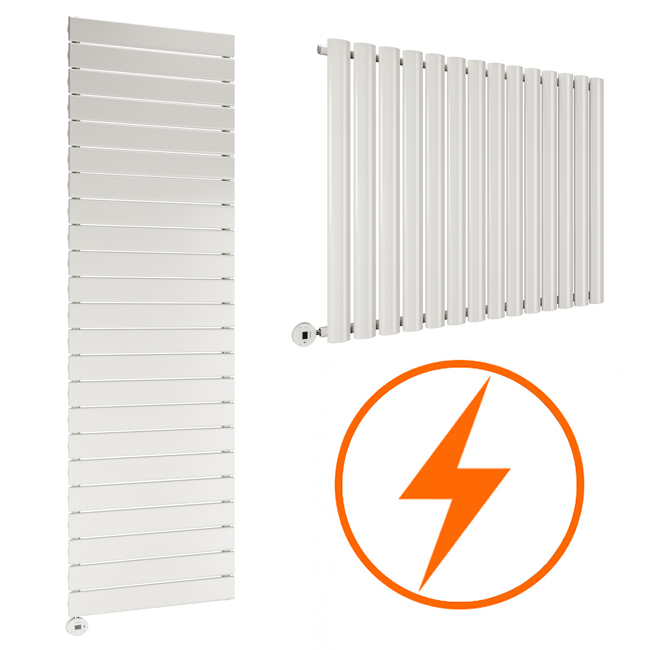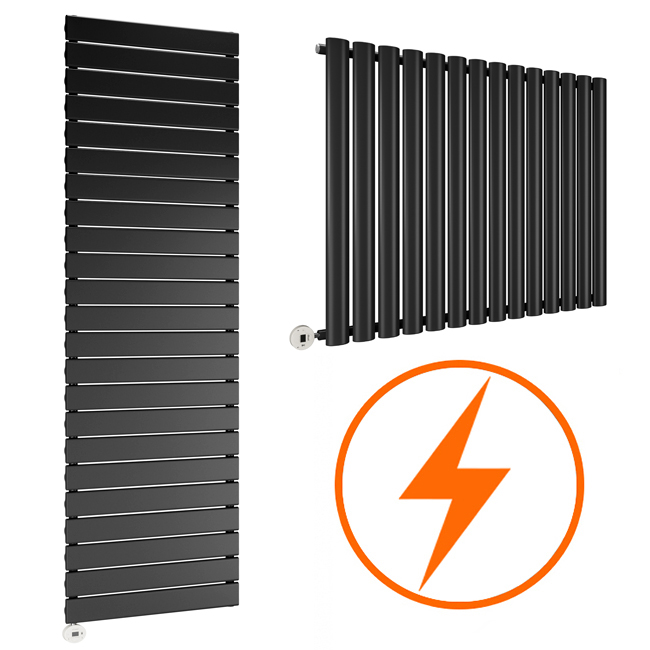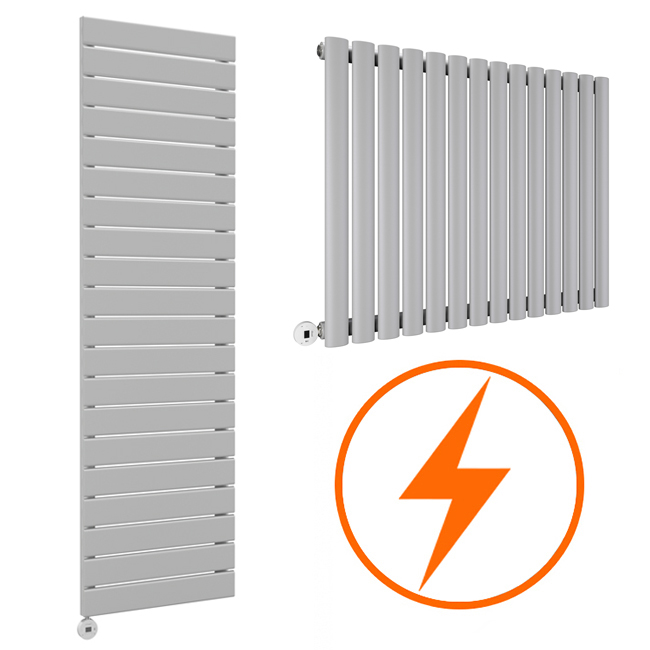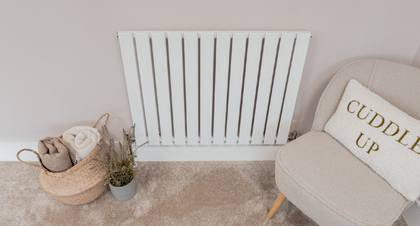Radiators are no longer just about function – they’re about style too. Whether you’re renovating a single room or giving your entire home a fresh new look, choosing the right designer radiator can make a real difference. From sleek vertical radiators that add drama and save space, to classic horizontal options that blend effortlessly into any room, there are some basics to consider before making your decision.
What is a designer radiator?
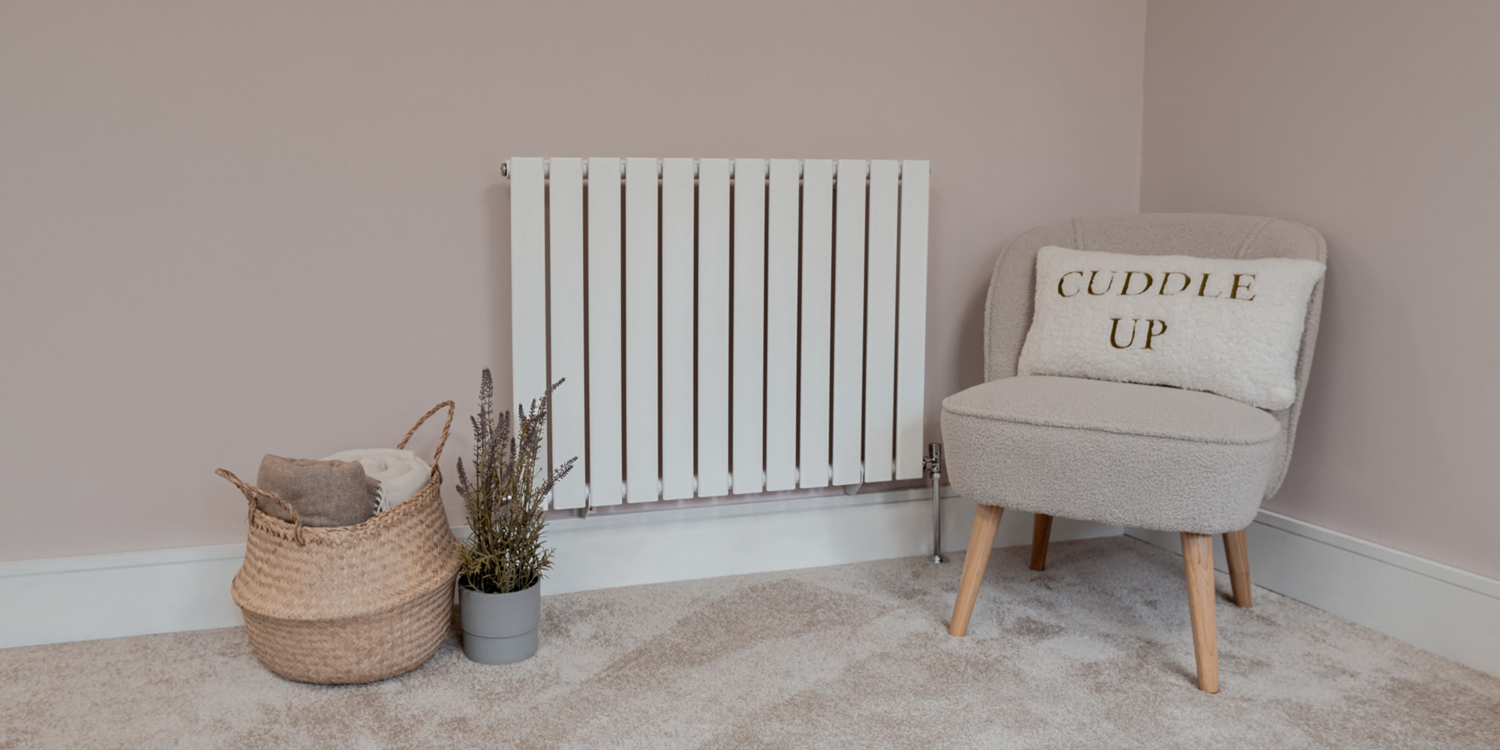
Designer radiators do the same job as traditional radiators – they heat your home – but they do it in style! Unlike standard models that are typically plain and functional, designer radiators come in a range of styles, shapes and finishes to suit modern interiors. Whether you’re after an industrial look, a minimalist feel or something soft and sculptural, there’s a radiator to match your vision. But it’s not just about appearances. Many designer radiators are built using advanced materials and manufacturing techniques, meaning they often offer improved heat efficiency too.
First things first: consider the room
Before diving into finishes, colours or designs, it’s important to start with the practical side of things. The first question to ask yourself is: which room is the radiator for?
The size, layout and use of a room will have a big impact on the kind of radiator that will work best.
For example:
Living rooms and lounges: These are often the largest and most visible rooms in a home, so your radiator will likely be on show. You might choose a feature piece that becomes part of the room’s design, such as a tall vertical radiator in a dark, dramatic finish.
Bedrooms: Comfort is key here and heat output is just as important as looks. You may opt for a more discreet horizontal radiator that can be placed under a window or opposite the bed to create an even distribution of warmth.
Bathrooms: Radiators in bathrooms need to cope with moisture and often do double-duty as towel rails. Chrome and stainless steel finishes are popular choices here and many vertical radiators come with integrated towel bars for extra convenience.
Hallways and landings: These areas tend to be narrow, so space-saving vertical radiators are usually the best fit. They provide warmth without getting in the way of traffic flow.
Thinking about the room’s function will help you narrow down the shape, size and design that makes the most sense for that space.
Vertical or horizontal radiators?

This is one of the biggest decisions to make when choosing a designer radiator. Both vertical and horizontal radiators have their advantages and the right choice often depends on your available wall space and desired aesthetic.
Vertical radiators
Vertical radiators are perfect for modern homes where space is limited or where you want to make a strong visual impact. Instead of stretching out across the wall, they rise up, making the most of unused vertical space. This is especially handy in smaller rooms or open-plan layouts where wall space is at a premium. They also bring a contemporary look to a room and can become a real focal point, especially when chosen in a striking finish like matte black, anthracite or brushed metal.
However, because heat rises, you might need to consider how well a vertical radiator distributes warmth throughout the room. Positioning matters; placing it opposite where you spend most of your time can help balance the heat.
Horizontal radiators
Horizontal radiators are more traditional in appearance and are usually installed beneath windows or along longer walls. They offer great heat coverage and work well in older properties or rooms with lower ceilings, where a tall vertical model might look out of place.
They tend to blend in more easily with existing furniture arrangements and are often easier to position in a way that distributes heat evenly.
With designer models now available in a huge range of colours and textures, from soft greys and whites to bold statement shades, horizontal radiators can still make an impact while keeping to a more classic shape.
Getting the right heat output
No matter how stylish your radiator is, it still needs to do its main job: keeping your room warm. That’s where British Thermal Units (BTU) come in. It’s a measurement of how much heat a radiator can emit. Every room has a recommended BTU requirement depending on its size, shape, insulation and how many windows it has.
-
Measure the dimensions of your room (length, width and height).
-
Think about whether the room is well insulated or tends to feel chilly.
-
Use an online BTU calculator or speak to a heating engineer to get an accurate figure.
To make sure your new designer radiator provides enough heat:
Once you know your BTU requirement, you can choose a radiator – or a combination of radiators – that meets or exceeds it. Remember, two smaller radiators can sometimes be better than one large one, especially in a large or awkwardly shaped room.
Choose a finish that suits your space
The finish and colour of your designer radiator can make all the difference to how it sits within your space. Anthracite and black radiators are perfect for adding a bold, industrial look. They stand out well against white or neutral walls and look particularly smart in bathrooms and contemporary kitchens.
White or light grey radiators tend to blend in more subtly and work well in bright, minimalist rooms or Scandi-inspired interiors. And metallic finishes such as stainless steel or chrome are ideal for modern bathrooms or high-gloss kitchens, adding a clean, polished look.
You can even choose pastel colours or more unique tones if you want your radiator to add a pop of colour or match your room’s decor. Radiators are no longer something to hide – they can be part of your design scheme.
Don’t overlook the details
Once you’ve picked your style and size, it’s worth thinking about the smaller elements that tie everything together. These include:
Valves: You’ll need valves to control your radiator’s temperature and designer options can match or contrast with your radiator’s finish. Traditional brass valves can work well with period-inspired models, while sleek chrome valves complement more modern designs.
Pipework: If you’re installing a new radiator, think about whether your existing pipework will line up. In some cases, adjustments might be needed. This is usually straightforward but best checked before buying.
Mounting and positioning: Most designer radiators are wall-mounted, but some can also be floor-standing. Consider what will work best for your space and be mindful of nearby furniture and plug sockets when deciding on placement.
Think about long-term use
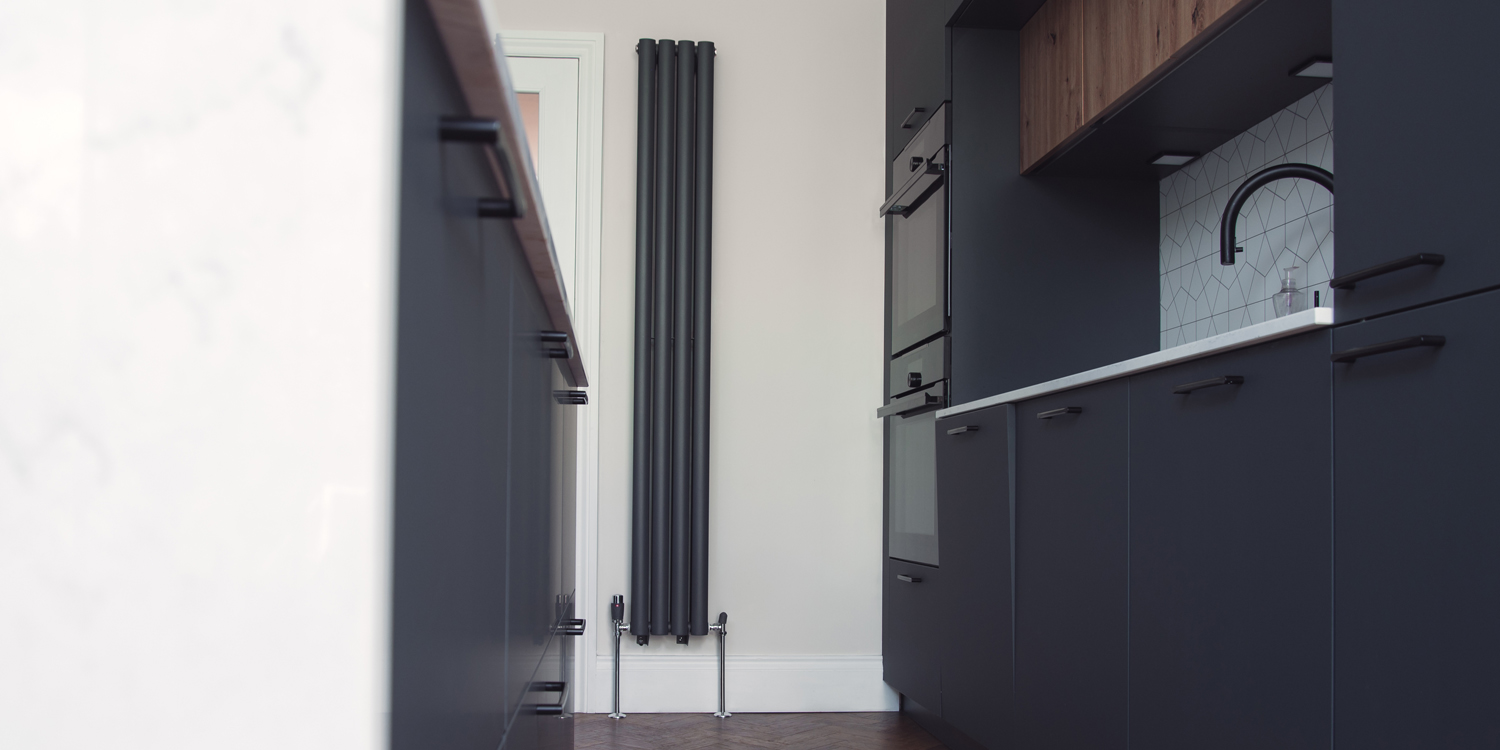
You want your designer radiators to last, both in terms of function and style. Choosing a well-made model from a trusted supplier ensures that it continues to perform well and look good for years to come. It’s also worth checking the radiator’s warranty and reading reviews before buying. Materials like mild steel, aluminium and stainless steel all have different pros and cons when it comes to longevity, weight and heat efficiency.
We believe that heating your home should be stylish, affordable and simple. We offer a wide range of high-quality designer radiators to suit every room and every taste, from compact vertical models to timeless horizontal favourites. Every product in our range is selected for its quality, value and design and we’re always happy to offer advice if you’re not sure where to start. Our friendly team understands the needs of homeowners, from compact new builds to spacious period properties.
Choosing the perfect designer radiator isn’t just about picking something that looks good – it’s about finding the right balance between form and function. By considering the room, the space, the heat output and the finish, you can invest in a radiator that genuinely enhances your home.
Discover how stylish heating can be – shop our full range of designer radiators today.





